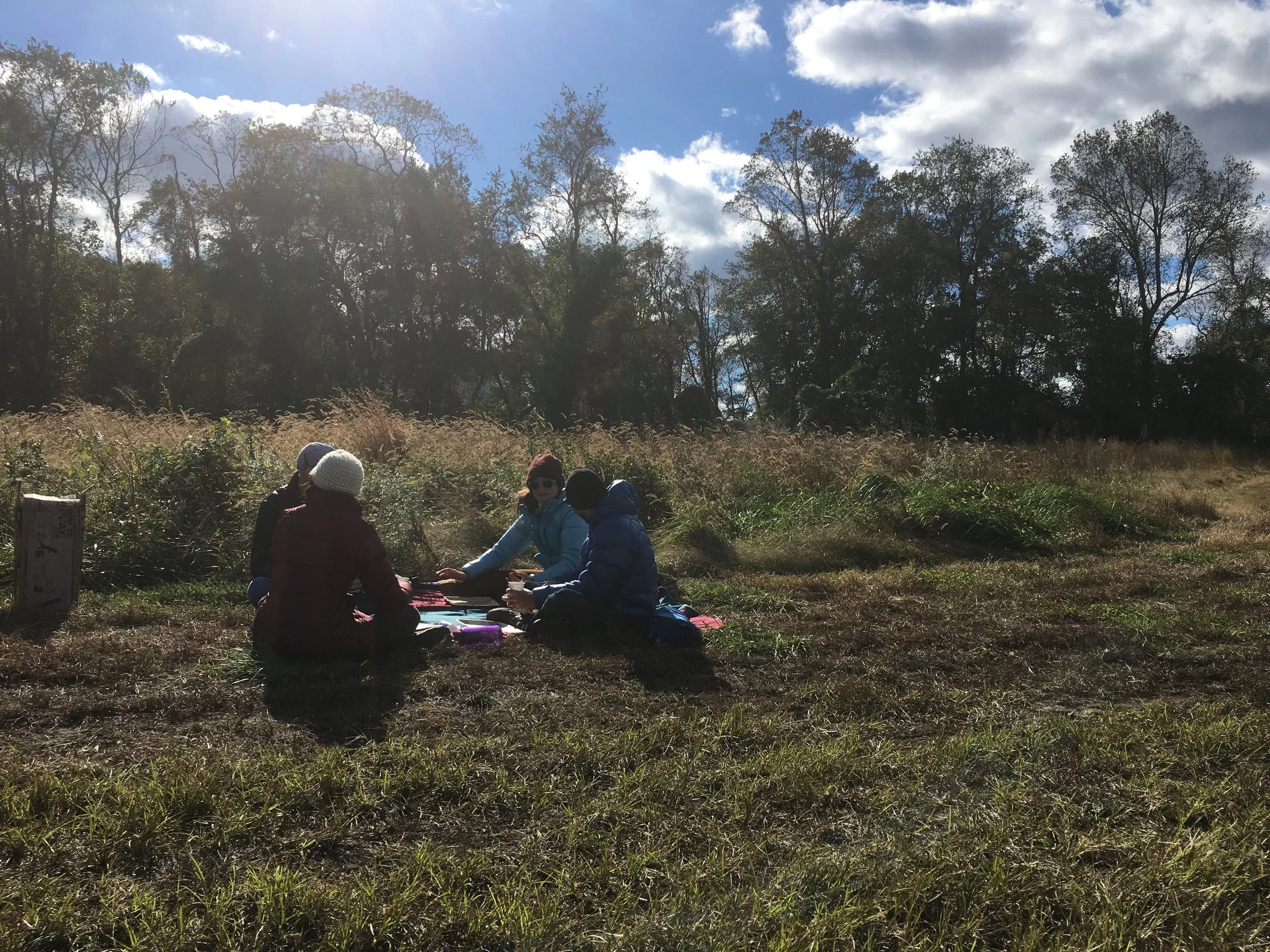by Market CSA member Denise Graveline
I'm single and live alone, but I've been buying a full CSA (community supported agriculture) share from Owl's Nest Farm for a couple of years now. A long time ago, the first time I tried a CSA share, I joked I'd have to eat vegetables for breakfast (and I do, sometimes). And in the past, I've split a full share with a neighbor to make it manageable. But now, I take the long view: A full share lets me enjoy the fresh vegetables, fruits, and herbs in the summer, while the CSA is active...and I can freeze, preserve, or put up about half of each haul so I can do the same thing in the winter.
Right now, based on what I've put away, I can anticipate cold winter months with these treasures:
- eggplant
- cherry and heirloom tomatoes
- beans, yellow, green, and purple
- golden and red beets, and beet greens
- all kinds of greens: radish greens, kale, Swiss chard
- yellow and green summer squash (aka zucchini)
- new potatoes
- green garlic and fully developed garlic
- scallions
- blueberries
- sweet potatoes
- cucumbers
- peppers - spicy and not
I actually invested in a stand-alone freezer to make this investment last even longer. Greens, squash, and beans can be blanched, dried, and frozen; blueberries can be rinsed and frozen; and even raw tomatoes can be frozen for use in later soups, stews, and braises. Other ingredients, like eggplant, get cooked into a sauce with farm tomatoes and basil, and frozen in quart jars or in zipped freezer bags; if you get the air out of the bag, you can lay these bags of sauce flat in the freezer to save space.
I try to freeze these items in ways that make them easy to thaw and use later, so squash gets chopped, blanched, dried, and laid out on a baking sheet to freeze before it's put into freezer bags. Greens get blanched, dried, and laid between sheets of paper towels. Blueberries get rinsed and frozen first on a baking sheet, so they don't turn into one big frozen clump, and so I can open the bag and just take out what I need later. Beets get roasted and peeled; the greens are blanched and frozen as the other greens are.
Of course, some things don't lend themselves to freezing, so I also pickle cucumbers and jalapenos, make scallion oil, and garlic oil and garlic vinegar to flavor all sorts of dishes. In the spring, I took the green and white parts of the green garlic and made an incredible "pesto" out of it, and that's been put into small containers and frozen. Basil gets made into pesto, and whole herbs also get frozen for later use--either whole, or chopped and in ice cube trays with a little water or oil.
If you don't have a large freezer, it helps to reduce your vegetables to purees and freeze them flat in freezer bags, or to preserve them in jars and a hot-water bath. Local Washington-area chef Cathy Barrow's website is loaded with tips on how to preserve your CSA haul.
There's an aspect of delayed gratification going on here, but mainly, this approach to my full share from Owl's Nest Farm CSA means that I have almost zero food waste from my share. Preserving some of each week's share means I can get to "crisper zero" most weeks, a good motivation to head to the market for more. I even blanch, chop, and freeze (or use right away) stems, and I use all of the greens from share radishes, turnips, beets, and more.
I'm having fun thinking about winter days with summer produce, preserved at the peak of its flavor and freshness...while still enjoying half of it fresh, now. My wallet likes it, too. A full share at 2016 prices, divided by 365 days--the full span of time I can use it, thanks to preserving and freezing--means I spend a little over $1.80 a day on these lovely vegetables, fruit, and herbs. And I get more value, since the farm tops up my payment by 8 percent. How do you beat that?


